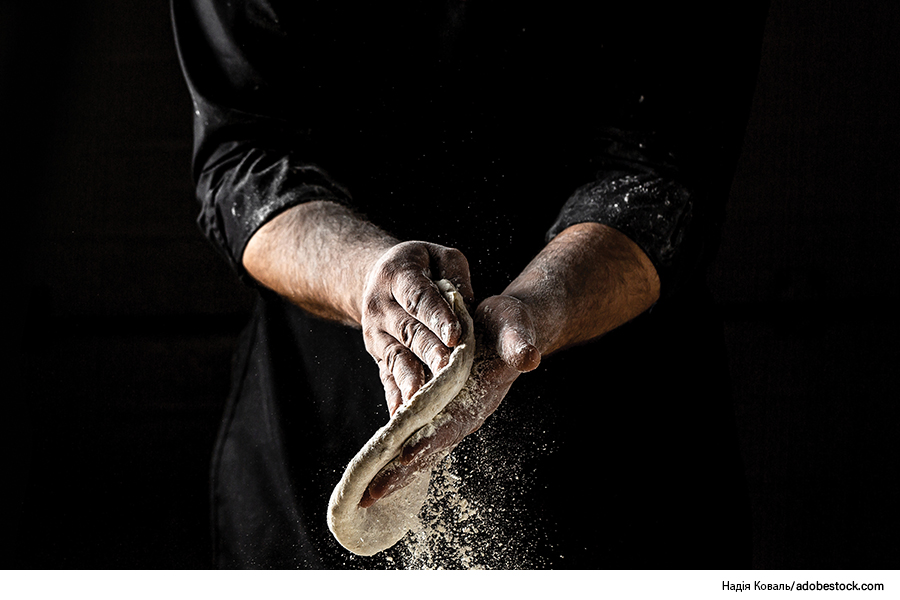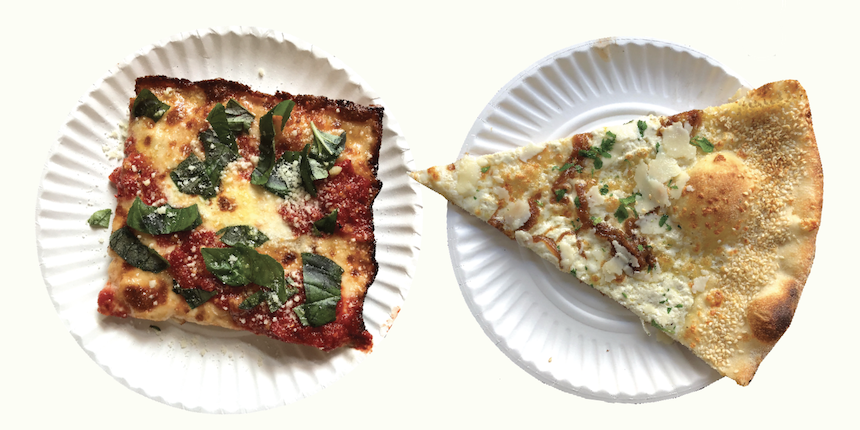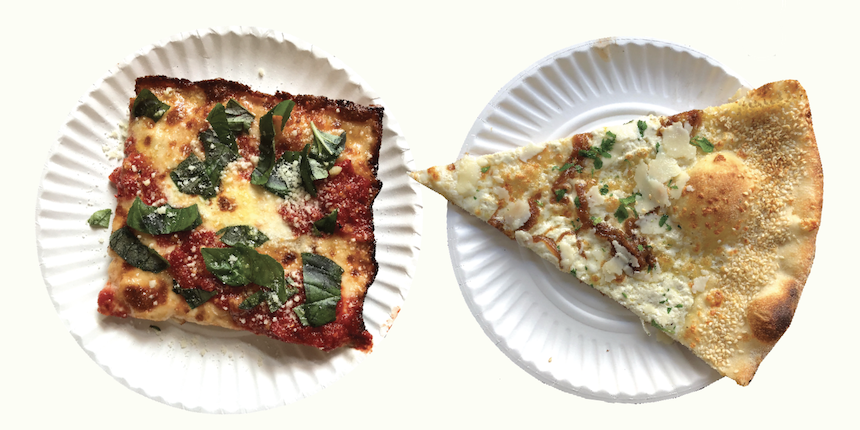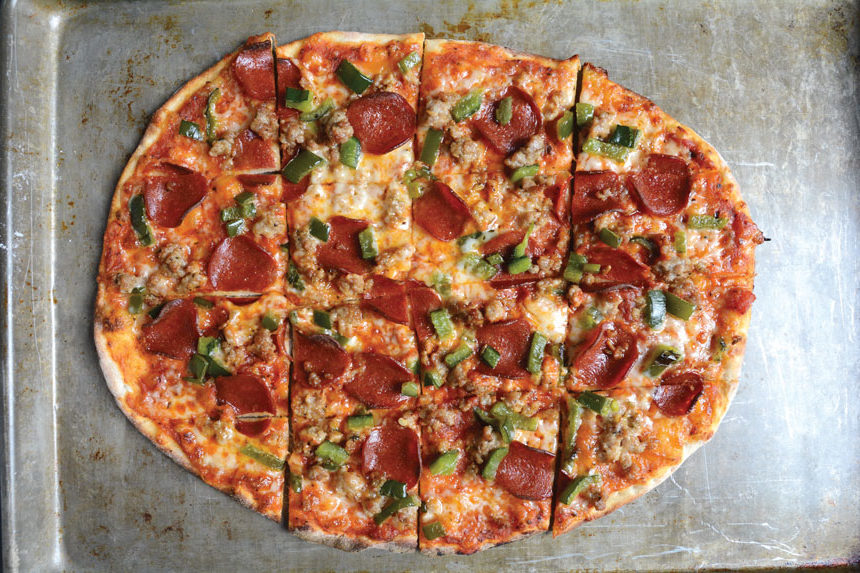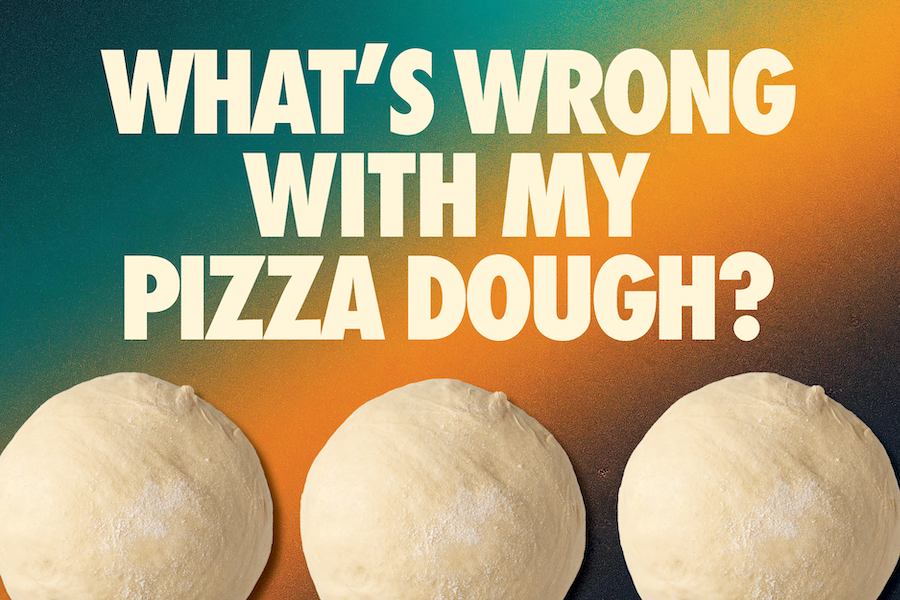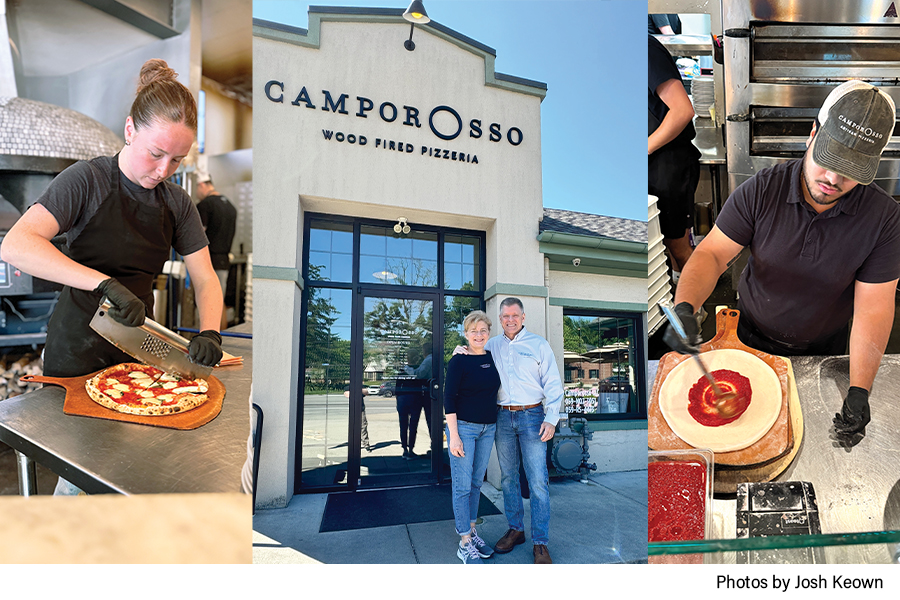Laura Meyer shares the most common pizza dough questions she has received
The more you learn about fermentation the more you understand how little you actually know. Learning to make dough, especially sourdough, is just like raising a child. You create a mix, attempt to get it on a feeding schedule or dough production schedule, control a routine for consistency, and then everything changes and you’re stuck wondering why it’s not behaving the way it did yesterday or the week before. There are so many factors at play when it comes to not just dough making but dough handling and as soon as one element changes, everything changes. So, here are a few questions I always get asked that may be something you are overlooking.
Q: What are some of the common mistakes that are attributed to inconsistencies?
A: Cold dough in a hot oven is a recipe for inconsistency in both doneness and coloration. On busy nights it can be easy to get caught up in the rush and speed at which things are moving resulting in needing to use dough that was pulled directly out of the refrigerator. Everyone does it because when the rush is on it’s hard to stop and think about tiny details. I know space is a key factor here, but staging dough helps my pizzeria avoid the dreaded gum line that most often occurs with cold dough. My crew uses a speed rack that sits outside of the walk-in in our prep area. When we notice, we are starting to pick up speed the crew will pull out half a rack of dough or even an entire rack worth so that as the night wears on we are pulling dough from the rack outside of the fridge instead of dough directly from the fridge. Our prep area isn’t as hot as our pizza area but moving dough from the fridge to a warmer area and then to the warmest area makes sure that the dough comes to temp as we need it. Cold sauce is another contributing factor to gum lines. We make sure to use containers that are large enough so we do not run out of sauce every 10 minutes, but they are small enough that they aren’t sitting out for hours at a time.
Q: How do I get large pockets and big oven spring?
A: I have heard this question quite a bit over the last few years thanks to Instagram and social media. Everyone is looking for giant crumb structure because it gives you the ooh and awe factor, but it has also made a lot of people think that giant crumb structure equals good pizza. Big, open structure does show well cooked dough but it does not always mean great flavor. But how do you achieve it? There’s more than one factor that contributes to an open crumb. Using a preferment, specifically a biga, can help aid in large pockets. Fermentation time coupled with temperature is always going to shape your final product but proper use of your oven is key. All ovens have vents. Most pizza makers set their ovens and never touch them but depending on the style and whether you are using a par bake or not, opening and closing your vents will give you the oven spring you are looking for. As your dough cooks, the water in your dough is going to turn into steam and then want to escape. Closing the vents on your oven will trap the steam in your oven, aiding in oven spring as well as help develop a crispy crust. The key is when to open the vents. If you are par baking you really only need to keep the vents closed for 2-3 minutes and then open the vents to release the steam. Opening the vents is an important step because without this too much moisture is trapped in the oven and the dough does not have a chance to dry out and crisp. If you are making multiple styles of pizza or are just busy, I like to keep the vents halfway open. With the vents partially opened during service it slows down the escape of steam too quickly, ensuring a well baked pizza. One of the last elements that will change the spring of your dough is how you stretch and how much of an allowance you leave for your crust.
Q: Do I need a different dough if I want to make different styles?
A: The short but not simple answer is yes and no. If you are a traditionalist, yes, you need a different dough. If you want nuance and subtlety, yes, you need different doughs. If you are looking to streamline, are limited on space and equipment, or are just in a place that you want to offer variety but are not ready to make big changes, then no, you do not need a different dough. I recommend doing some research and finding the middle ground between styles when it comes to protein levels in flour,
hydration content within recipes, usage of fats and sugar. You’ll want to come up with a recipe that checks all the boxes but is right down the middle. How you manipulate them is the key. Extending fermentation times, using both warm and cold temperatures for fermentation, usage of preferments, proofing times, humidity control, thickness of doughs for pan pizzas, oven temps, and simply changing your hand techniques will all give you different outcomes. The beauty of pizza is in the small details that make it unique to you so the best thing you can do is not get complacent and continue to play and try new things. You never know what you’ll find when you start making mistakes.
Laura Meyer is the owner of Pizzeria da Laura in Berkeley, CA.
>> Explore answers to more common pizza dough questions in Troubleshooting your Pizza Dough: What’s wrong with my pizza dough? <<
